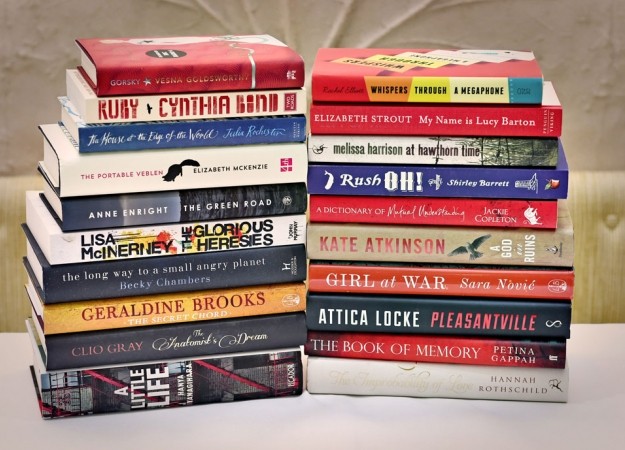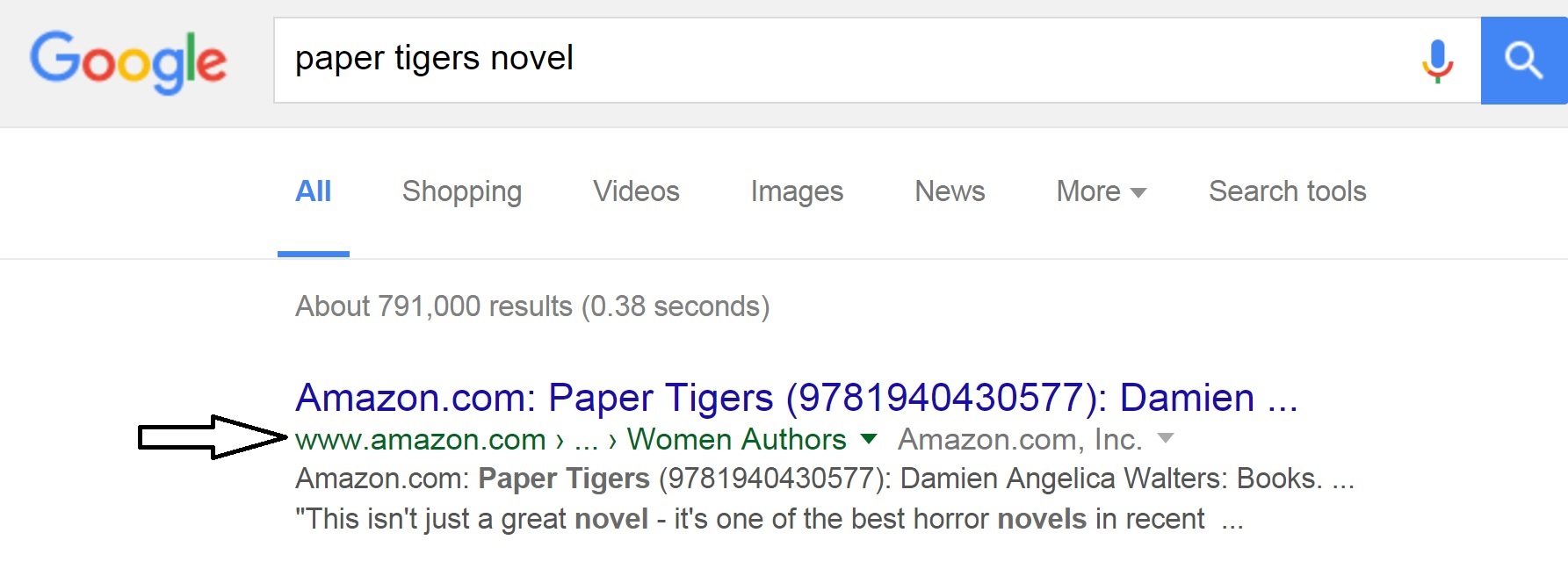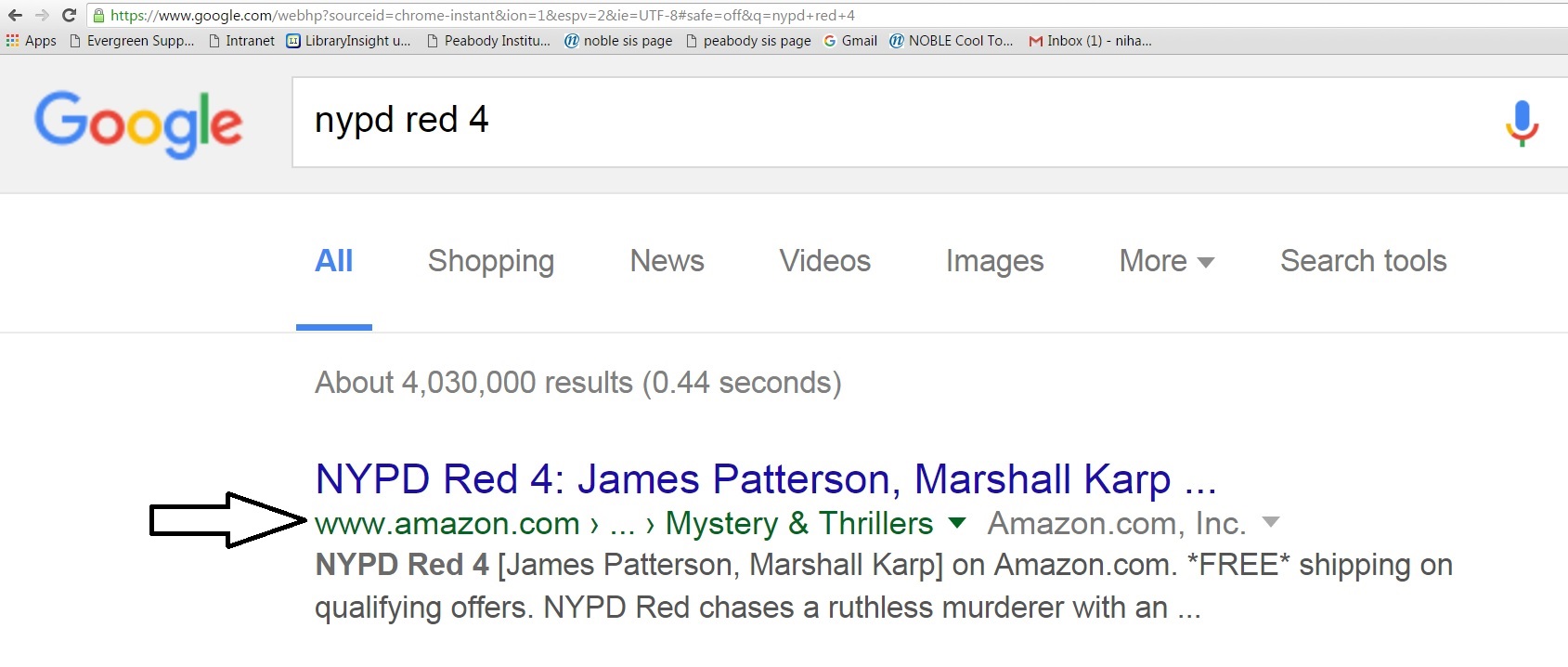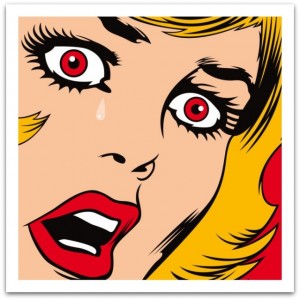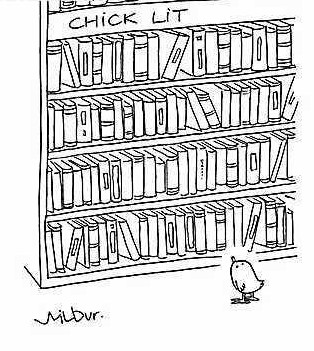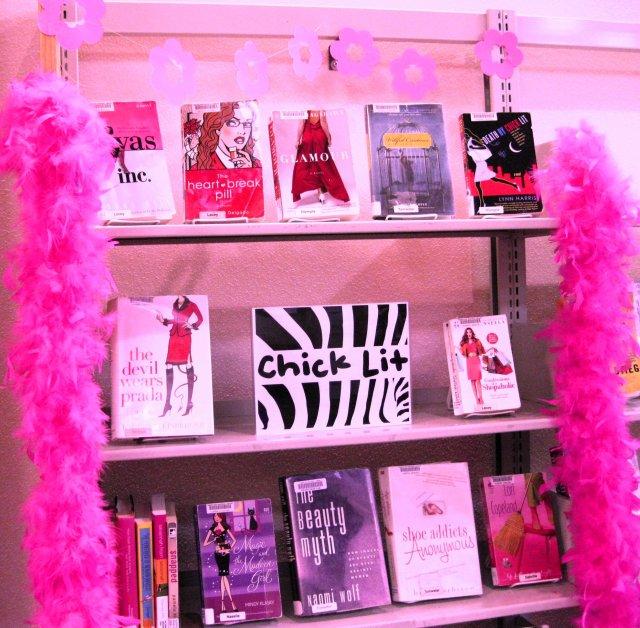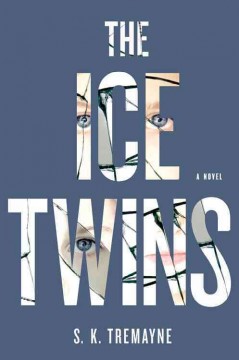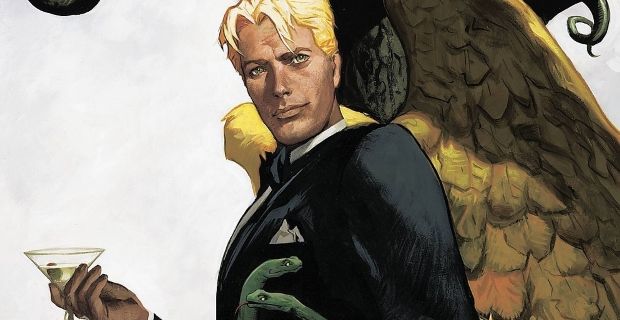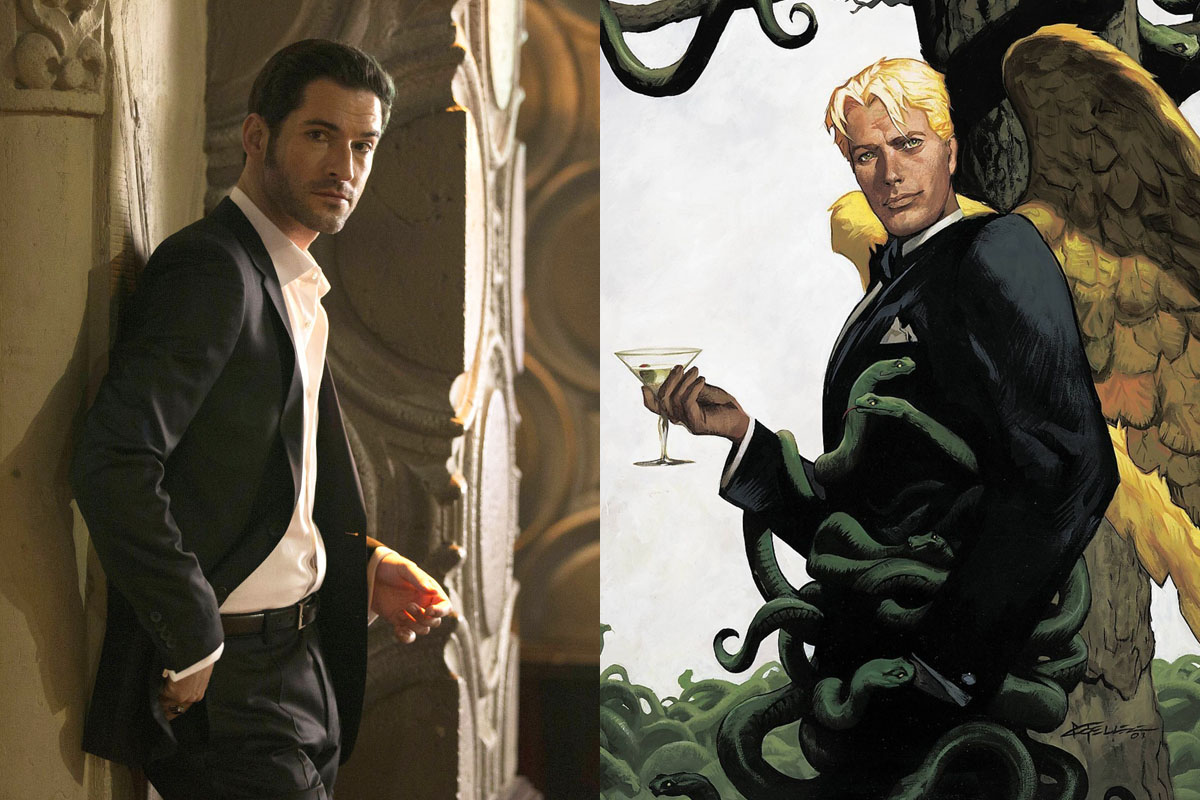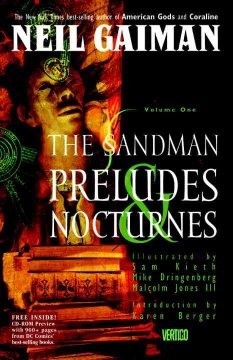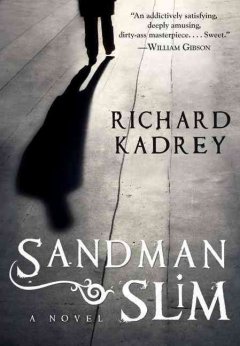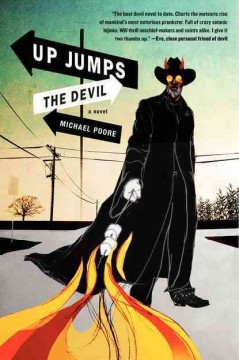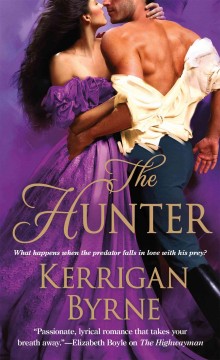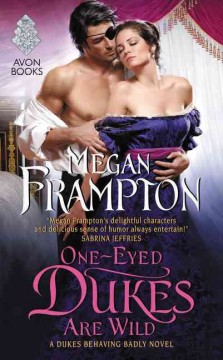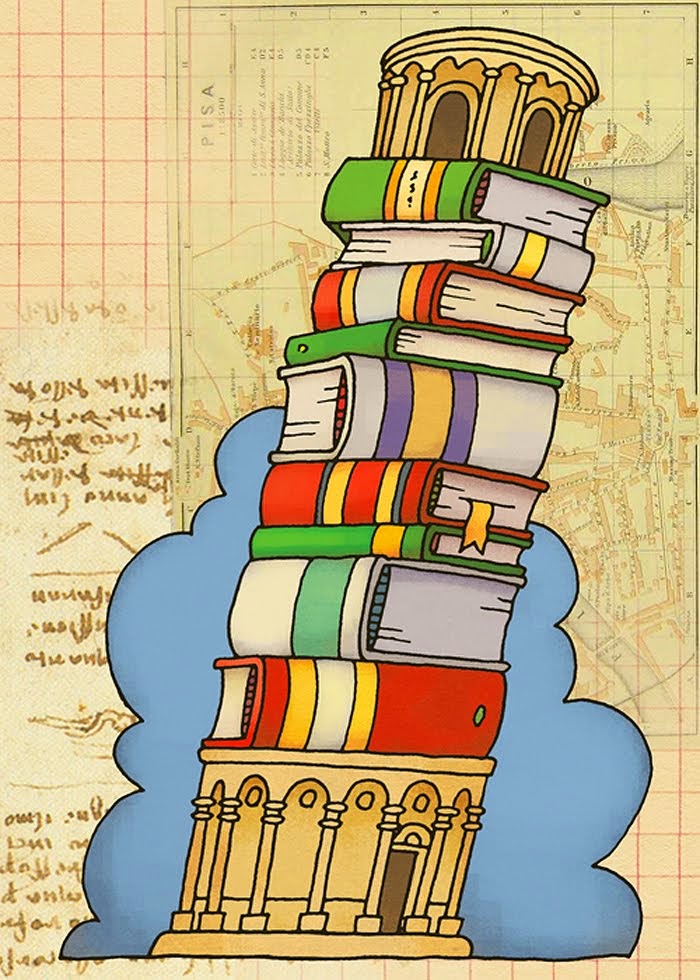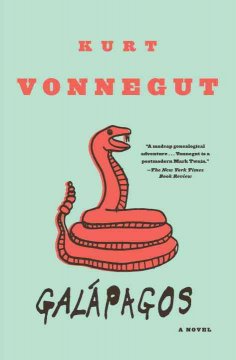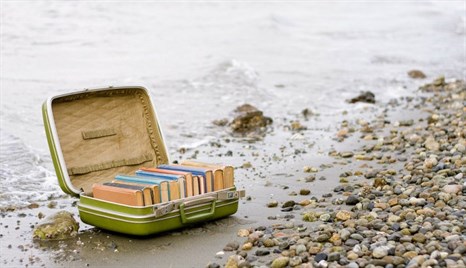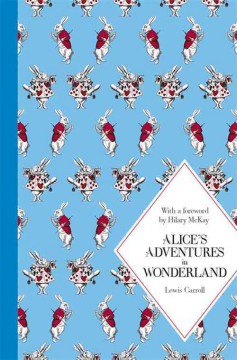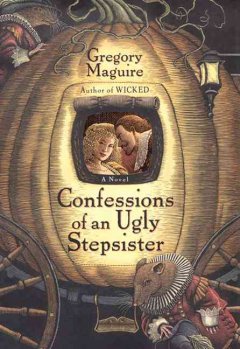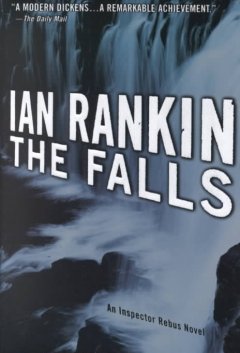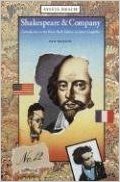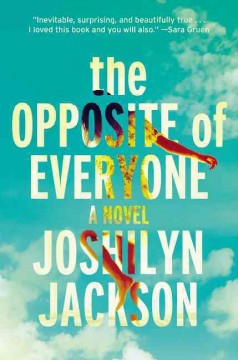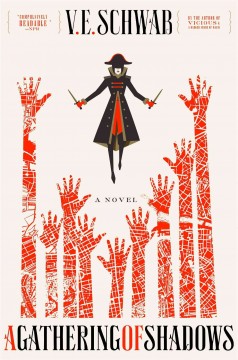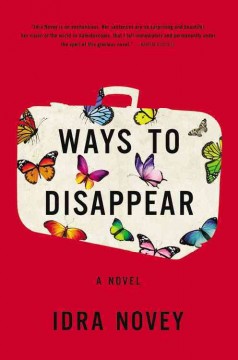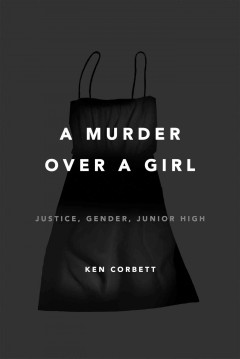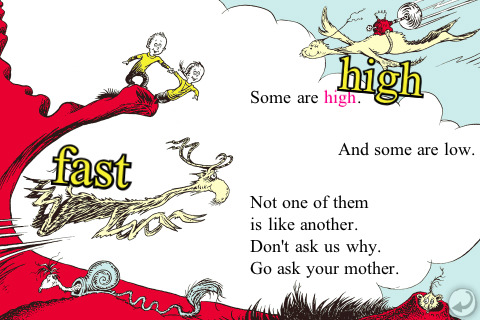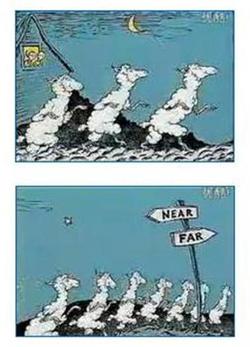After having my spirit crushed by Amazon’s classification system earlier this week (and having my love of the Dewey Decimal System immeasurably reinforced in consequence), the wonderful people behind the Baileys Women’s Prize for Fiction announced the long-list of books for their 2016 prize.
I’ve talked about the Baileys Prize before, with great excitement, not in the least because it highlights books that are wildly new, surprising, and generally overlooked by mainstream review outlets. The other huge reason is because the good, wise people behind the Baileys Prize realizes that despite the fact that women authors outnumber men (the ratio is roughly 60/40), most literary prizes regularly overlooked women, and women of color specifically. Not only that, but books about women were also overlooked in favor of tales about men, as these pie charts below demonstrate:
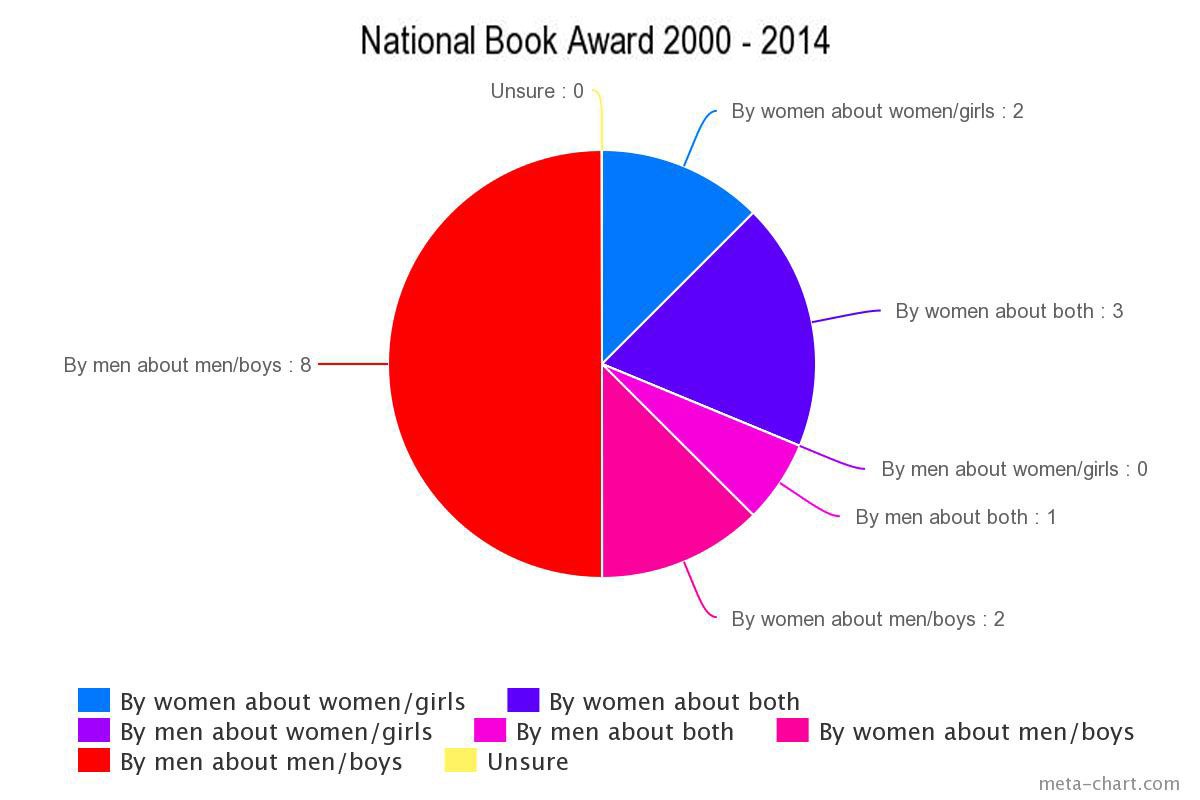

Thankfully, the committee of authors and artists who award the Baileys Women’s Prize for Fiction are devoted celebrating “women’s creative achievements and international writing, whilst also stimulating debate about gender and writing, gender and reading, and how the publishing and reviewing business works.” Rather than relegating the books by women into a single category (ahem, like some places do…..ahem), this prize recognizes the diversity, accessibility, and wonderful diverse books that have been produced by women in any given year. It utterly ignores the idea of “chick-lit” or “women’s fiction”, and instead hails books that can be read, and enjoyed, by anyone.
You can read a great deal more about the award at their website–and be sure to check out their blog, as well. There are Baileys recipes…..
So, without further ado, there is the long-list for the Baileys Women’s Prize for Fiction. Some have been nominated for other awards this year, and some are wholly new to the awards scene. Over half the list is made up of debut authors, and authors from seven different countries are recommended. What’s also really exciting is the range of genres within this list–there is sci-fi, magical realism, mystery, and historical fiction, from a woman who can communicate with squirrels to a traveling freak show, there is plenty of different types of stories to keep your imagination firing. Because this is a British prize, several of these books have not been released in the US, as yet. But you can be assured that as soon as they are, we’ll be letting you know!
Kate Atkinson: A God in Ruins
Shirley Barrett: Rush Oh!
Cynthia Bond: Ruby
Geraldine Brooks: The Secret Chord
Becky Chambers: The Long Way to a Small, Angry Planet (Will be released in the US on July 5, 2016)
Jackie Copleton: A Dictionary of Mutual Understanding
Rachel Elliott: Whispers Through a Megaphone (Available via The Pushkin Press)
Anne Enright: The Green Road
Petina Gappah: The Book of Memory
Vesna Goldsworthy: Gorsky
Clio Gray: The Anatomist’s Dream (No US release date announced yet)
Melissa Harrison: At Hawthorn Time
Attica Locke: Pleasantville
Lisa McInerney: The Glorious Heresies (Will be published in the US on August 9, 2016
Elizabeth McKenzie: The Portable Veblen
Sara Nović: Girl at War
Julia Rochester: The House at the Edge of the World (Will be published in the US on April 7, 2016)
Hannah Rothschild: The Improbability of Love
Elizabeth Strout: My Name is Lucy Barton
Hanya Yanagihara: A Little Life


